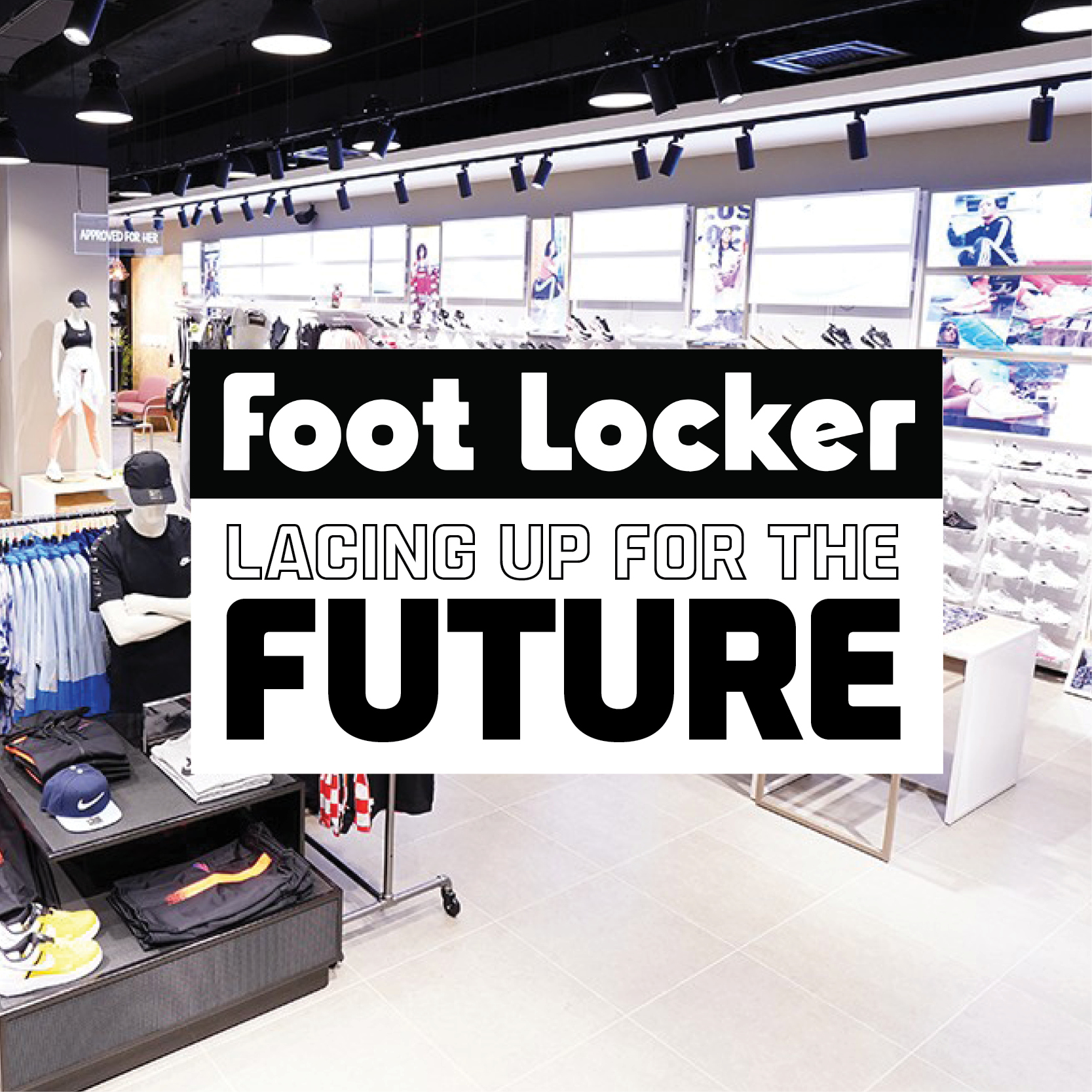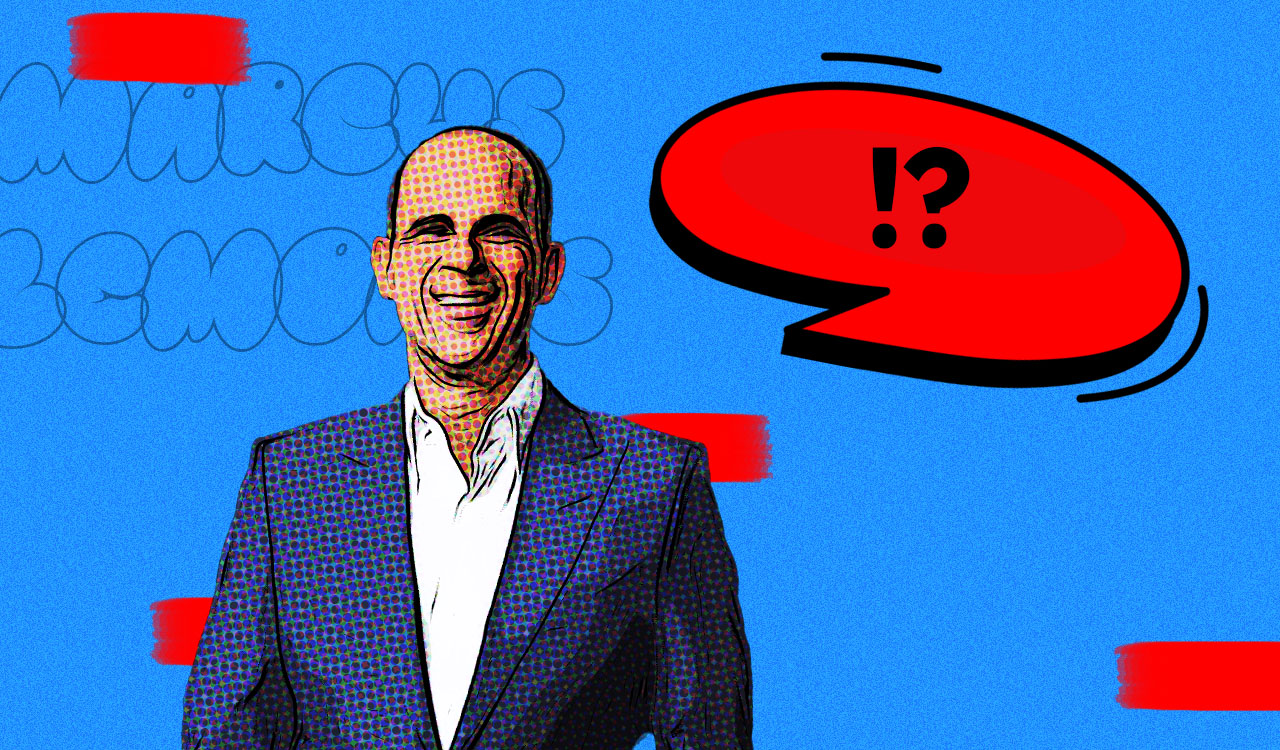There’s a military call to action phrase, typically issued by a platoon leader to his/her troops just before going into battle: It’s time to “gun up Marines.” So, after having briefly met Mary Dillon, Foot Locker’s new CEO, along with listening to her interview at Shoptalk, and then a lot of digging into her background, when I read the phrase, Foot Locker’s “lace up” strategy in their recent analysts’ meeting, it seemed like a natural call to action by its new leader.
Forerunner Mary Dillon
Even before she took the helm at the beginning of this year, she racked up what could be defined as nothing short of an astounding track record in the retail industry. As CEO of Ulta Beauty for eight years, she oversaw about a 288 percent revenue increase to an all-time high of $8.6 billion, and when she left, it was the largest beauty retailer in the U.S.
Now she is the third woman to ever run two Fortune 500 companies, after Patricia K. Poppe (CMS Energy and PG&E) and Meg Whitman (Hewlett Packard and eBay). So, get ready for another gung-ho scenario and race ahead leaving everyone in a cloud of dust, as Mary Dillon gathers her new troops and frames out the “lace up” strategy. All I can say to the various competitors out there in sneaker land, you’re going to have to do more than simply “gun up.” In my opinion, this marathon runner, former CEO of U.S. Cellular, McDonald’s marketing chief, and president of Quaker Foods – all before creating the hottest beauty brand in the U.S. — will likely be impossible to catch up to.
Nike Redux
As for her branding partners, particularly Nike (which comprised about 70 percent of Foot Locker’s revenues), Dillon’s “lace up” strategy aligns with the objectives of their brands as well. Nike and Dillon are well into a solid new relationship going forward. According to an interview last March with Fortune, Dillon told investors that Foot Locker has “reestablished joint planning, as well as data and insight sharing with Nike.”
In that same interview, she was asked why Foot Locker. How are you going from beauty products to sneakers? “Foot Locker might not be the most obvious place for me to show up, but there are many parallels between the sneaker and beauty categories. And there are parallels with Ulta. In 2013, the business was performing well, but we needed to go through an overhaul process to help it hit its potential. Another similarity is that sneakers, like beauty, are a great growth category. They’re an $80 billion industry just in North America. There are tailwinds for sneakers, like mass casualization, fashion, and fitness. Foot Locker is also a more complex business than Ulta; there are multiple banners, and it’s global. It is time to really modernize and reinvigorate the brand and be an even better partner for our brand partners,” Dillon explained.
The “Lace Up” Strategy
Even while reporting a sales decline of 0.3 percent in the fourth quarter, Dillon outlined the “lace-up” long-term growth strategy. Essentially it consists of simplifying the business and closing underperforming banners and stores. This sounds to me like efficiency and profitability. It also sounds like common sense, which I often call brilliance.
The plan includes closing about 400 stores by 2026, including 200 locations in C and D malls and underperforming stores in A and B malls. And while about 125 Champs stores will close during that timeline, Foot Locker will expand other banners. Dillon also said they are “revitalizing” the Nike brand relationship, by focusing on basketball culture and the business.
Chief Commercial Officer Frank Bracken said, “Simply stated, we had too much overlap between our banners and some of our smaller banners that were adding complexity to our operating model and also diluting our profitability In North America. We have closed the Lady Foot Locker banner, the Footaction banner, and most recently the Eastbay.com banner.”
Accordingly, with store closings and operational complexities caused by the overlap of banners, sales and comps are projected to drop 3.5 to 5.5 percent. They view 2023 as a reset year to simplify the business and to invest in other areas.
“Lace Up” Winning Strategies
Growth strategies will be planned for the expansion of high-performing stores such as House of Play, deeper partnerships with brands such as Adidas, Puma and New Balance, and new brands like Hoka and On. Dillon also said, “We will go from having exclusives for Foot Locker at 15 percent of sales to 25 percent.
They are also creating a “store of the future,” which will have dedicated spaces for men, women, and kids, and will be designed with digital connectivity. The first location will be New York City, scheduled to open in 2024. They also plan to launch a refreshed marketing campaign later this year to revitalize their loyal consumer base and to reach out to new sneakerheads.
Chief Merchandising Officer Chris Santaella said, “Both companies are committed to growth. The partnership is focused on creating a strategy that is complementary to the Nike direct-to-consumer strategy. The focus is on consumer sharp points along with an integrated marketplace. The consumer strategy is rooted in Foot Locker’s strengths and heritage in sneaker culture.”
Finally, and no surprise, Foot Locker is re-energizing with its former big “elephant in the room,” Nike. They are committed to maintaining Nike’s number one brand partnership as it re-engages with Dillon’s reimagined Foot Locker.
Dillon’s vision is as bold, quick, and as clear as she is. I believe that another Ulta-like success is “laced up,” taking off and poised to exceed everyone’s expectations.




